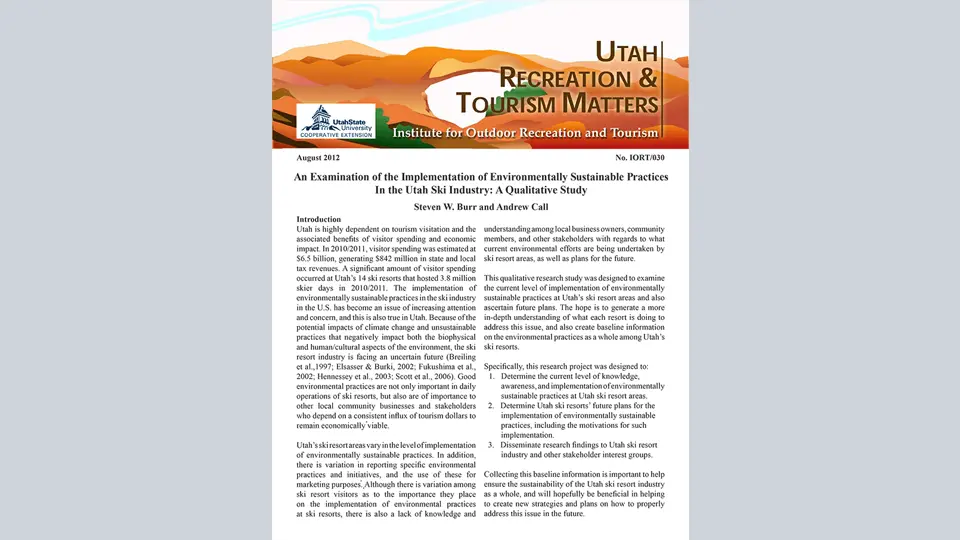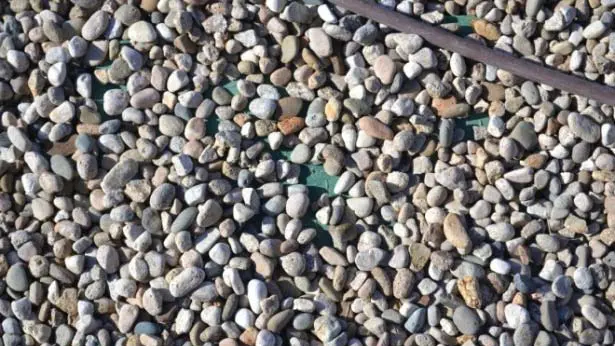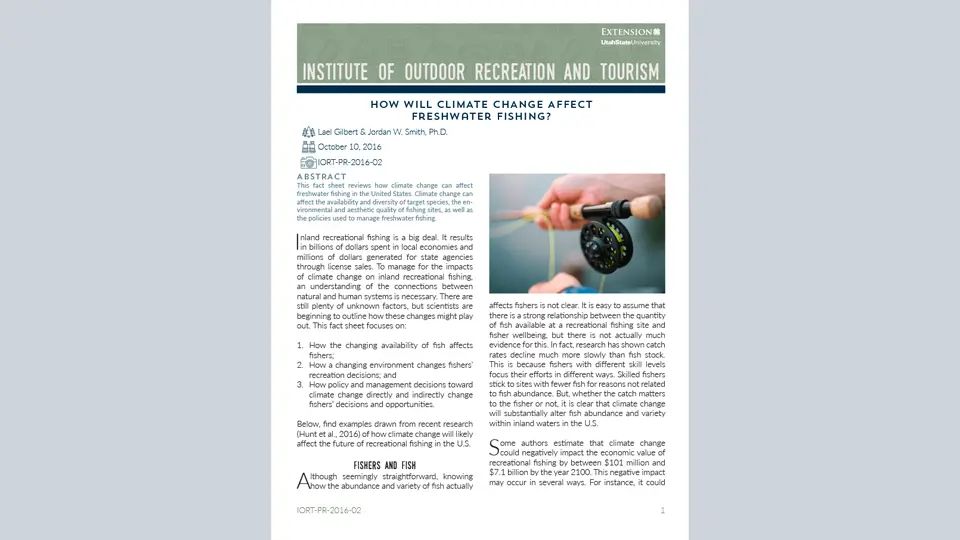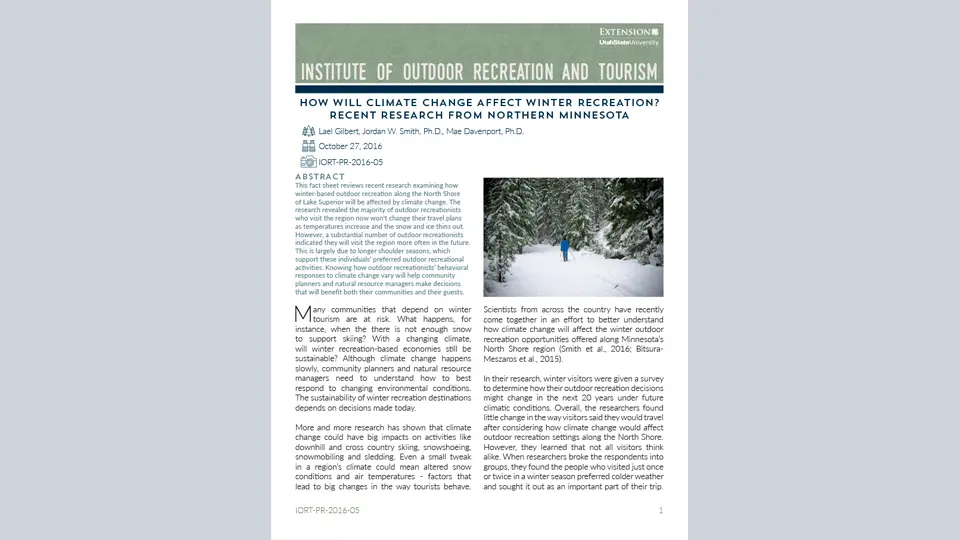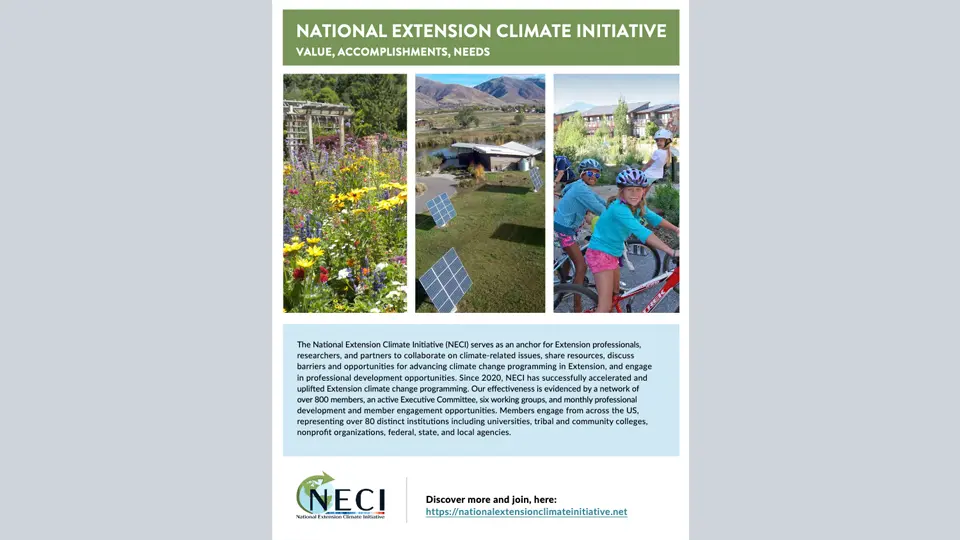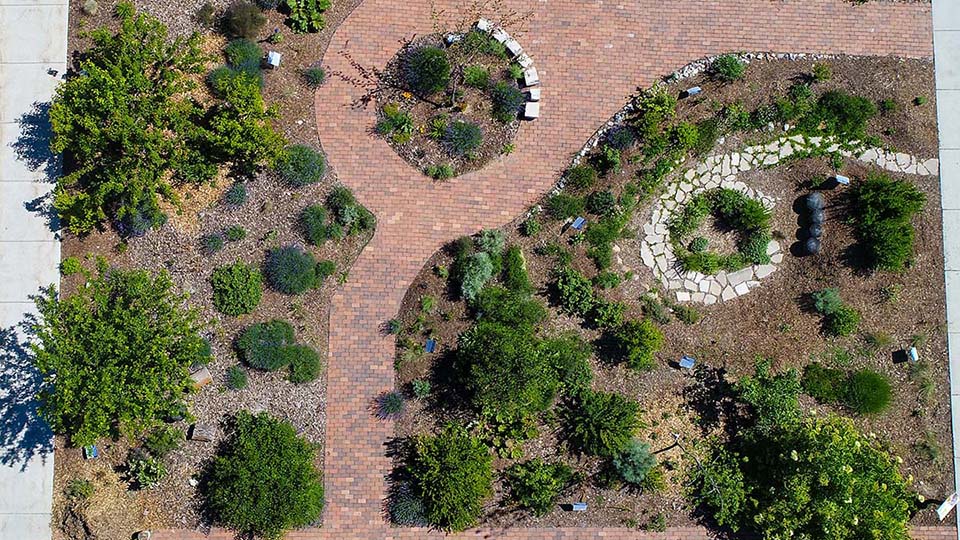Easy Steps to Reduce Your Energy Bill
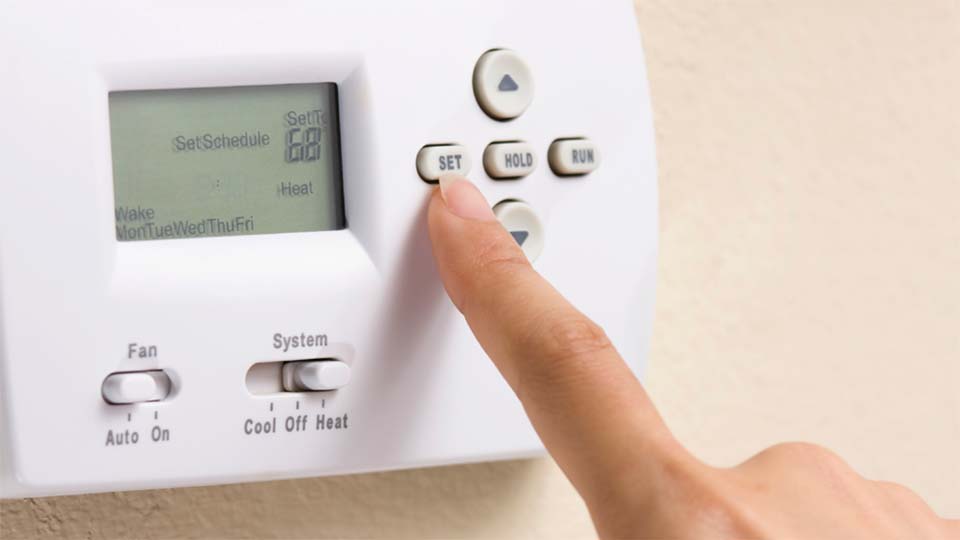
Energy Use & the Environment
Fossil fuels supply most of Utah’s energy needs. Any process using fossil fuels, however, emits carbon dioxide (CO2), mercury, and oftentimes other contaminants that stress Utah’s beautiful natural resources (Dresselhaus & Thomas, 2001). Most electricity in Utah is fueled by coal-fired power, which adds mercury to our air and waterways. Increased mercury in ducks and fish have resulted in restrictions for Utah family pastimes, such as fishing and duck hunting.
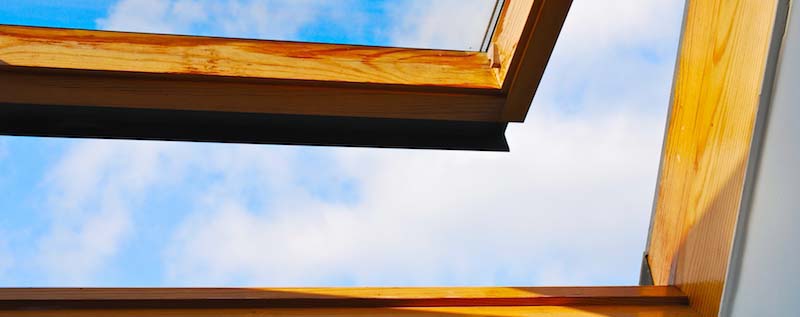
In 2010, 23% of energy consumption in the United States was residential, totaling 22.2 quadrillion Btu (EIA, 2010). A quadrillion Btu is about equal to the amount of energy in 45 million tons of coal, or 1 trillion cubic feet of natural gas, or 170 million barrels of crude oil (Maxwell, 2009). Annually, the average American emits 20 tons of CO2, approximately the weight of 3.33 adult male African elephants (EIA, 2011). Reducing your energy consumption at home will aid climate stability and save you money on your utility bill each month!
This fact sheet offers ideas on how to reduce your energy consumption using new technologies and conservation practices. With proper implementation, you’ll be well on your way to enjoying a lower energy bill and a healthier environment.
Light Emitting Diode (LED) Bulbs and Programmable Thermostats
Choose LED bulbs when replacing old bulbs. LED bulbs convert electrical currents into light using semiconductors.. LEDs are approximately 80% more efficient than incandescent bulbs, and CFLs are about 75% more efficient. However, CFL bulbs contain mercury, so if you use them, please recycle at your local hardware store or city/county environmental department. Traditional incandescent bulbs are less efficient because they give off 90% of their energy as heat (U.S. Department of Energy, 2013). While LEDs are more expensive earlier on, they still save money because they last a long time and have very low energy use.
- Install programmable thermostats to automatically regulate heating and cooling of your home.
- These are available in most hardware stores for as low as $25.
- Wrap your water heater with a thermal (insulation) blanket to reduce heat loss. Prices range from $12-$40.
- If your hot water tank is warm to the touch, additional insulation is needed. Adding insulation to a hot water tank can reduce heat loss by 25%-45%. The reduced heat loss will save you 4%-9% in water heating costs (DOE, 2011).
More Cost Saving Easy Steps
- Do laundry on cold wash cycle rather than hot
- Air dry your laundry on a clothesline
- Unplug television when not in use
- Keep your fireplace damper closed
- Only have one light on at a time when at home
- Use the right-sized pot on your stove burners
- Wear extra layers during the winter months
- Use power management modes on your computer
- Use timers or sensors on outdoor lighting
Home Wind Turbines & Solar
Home wind turbines emit zero carbon, and, if installed in areas where winds are prevalent, they can generate income for residents via selling excess electricity generated back to the local utility company (Note: Not all power companies are able to receive power, so be sure to check with your local power company first before considering this as an option). While individual and up-front costs can be high, these technologies are wise long term income-saving investments.
Solar is a great option for sunny Utah, and the photovoltaic (Solar PV) system cost has decreased dramatically, seeing a 33% drop since the beginning of 2011 (SEIA, 2012). Solar water heating systems are another affordable choice, with a return on investment in as little as 3-6 years (SEIA, 2012).
Implementing these technologies and ideas will reduce the carbon footprint and energy dependency of your home. This will allow you to save money and reduce your personal impact on the environment.
References
- Eartheasy: Solutions for Sustainable Living. (2012). Energy efficient lighting. Retrieved from: http://eartheasy.com/live_energyeff_lighting.htm
- Dresselhaus, M.S. & Thomas, I.L. (2001). Alternative energy technologies. Nature, 414. Pp 332-337.
- Maxwell School of Syracuse University. (2009). Facts about energy. Retrieved from: http://wilcoxen.maxwell.insightworks.com/pages/135.html
- Solar Energy Industries Association (SEIA). (2012). Building a strong solar industry to power America. Retrieved from: http://www.seia.org/
- U.S. Department of Energy. (2011). Insulate your water heater tank for energy savings. Retrieved from: http://www.energysavers.gov/your_home/water_heating/index.cfm/mytopic=13070
- U.S. Department of Energy. (2013). Lighting choices to save you money. Retrieved from: http://energy.gov/energysaver/articles/lighting-choices-save-you-money
- U.S. Energy Information Administration (EIA). (2010). Annual Energy Review. Retrieved from: http://www.eia.gov/totalenergy/data/annual/pdf/aer.pdf
- U.S. Energy Information Administration (EIA). (2011). How much electricity does an American home use?. Retrieved from: http://www.eia.gov/tools/faqs/faq.cfm?id=97&t=3
June 2014
Utah State University Extension
Peer-reviewed fact sheet
Authors
Blake Thomas, Brett Tingey & Roslynn Brain
Department of Environment & Society
Related Research





